Photograph from George Floyd's No Justice No Peace protest in San Franciso, California Wednesday, June 3rd, 2020, by Mark Sebastian
A couple of months ago, an experiment conducted in a Japanese restaurant went viral on social media. Ten guests entered the restaurant, and paint that glowed under black light was applied to the hands of one person, representing the presence of germs from a cough or sneeze. The people at the restaurant served themselves from the buffet, sat down and ate their meals as normal. At the end of the experiment, illumination by black lights showed that the florescent paint was everywhere, and the participants gasped as they saw it on their faces, their hands, their sleeves, on plates and glasses and napkins. As an illustration of how quickly a virus can spread in an enclosed situation, it was striking.
The Japanese restaurant experiment works neatly as a metaphor for the ways that the COVID-19 pandemic has illuminated patterns of global interdependence. On one level, this global interdependence is something we are already aware of: we know that we consume potatoes from Egypt, electrical goods from China, and so on. It’s also now clear that the COVID-19 virus travelled the path of global financial markets, from northern Italy, to London, to New York. The difference is that we are usually in control of this interdependence, in terms of what flows and what doesn’t, and in which direction. Put simply, in a normal situation, we consume the benefits of globalization while keeping its human and environmental costs at a distance. To varying degrees, we also live in ignorance of those human and environmental costs, an ignorance in which both suppliers and consumers are, also to varying degrees, complicit. Populist nationalism represents, in some ways, just a hardening of this ordinary position: it is the decision to live in denial and defiance of global interdependence, claiming its rewards while eschewing its responsibilities.
COVID-19, like florescent paint under black light, shows up the bonds of interdependence that we don’t usually see, or would rather not see. More than that, it also shows us something of the character of that interdependence. By itself, the word ‘interdependence’ sounds neutral or mutual: we depend on each other. But Covid-19, for all the ‘We’re all in this together’ sentiment, has illuminated the extent to which we are not: disproportionate numbers of BAME people are dying, and we see higher mortality rates in areas of densely-packed housing and in areas of long term, multi-generational deprivation. By itself, the term ‘interdependence’ masks entrenched and systemic inequality.
What insights does Catholic social teaching have to offer here? As the concept of solidarity emerges and develops through papal teaching in the twentieth century, it slowly becomes more incisive. John XXIII and the Vatican II document Gaudium et spes use ‘solidarity’ more or less interchangeably with ‘interdependence’: the term solidarity gets used to name both the fact of human interdependence, and a positive value towards which societies should strive. It isn’t until John Paul II that a critical difference emerges: he is aware that interdependence can get “separated from its ethical requirements” and take sinful, distorted forms.[i] In his 1987 encyclical Sollicitudo rei socialis, Joh Paul II talks about the “need for a solidarity which will take up interdependence and transfer it to the moral plane” (§26), and states that “interdependence must be transformed into solidarity, based upon the principle that the goods of creation are meant for all.”[ii] Interdependence is the fact; solidarity is the positive moral response to that fact.
Two words in the quotations from Sollicitudo rei socialis need more attention: ‘transfer’ and ‘transform’. A very wise religious sister (Pia Buxton CJ) was fond of saying that ‘we have the vices of our virtues’: our weak points are likely to be the flipside of our strengths, rather than their opposites. In the case of Catholic social teaching, its determination that human beings are built for harmonious relationships, and that societies can grow towards greater justice and peace, blinds it to the degree to which that journey of growth may involve conflict. Catholic social teaching, determined that conflicts of interest can be resolved reasonably and peaceably, is not always aware of the asymmetry involved: those who benefit from unequal and exploitative relationships are unlikely to want to transform them at all, let alone at someone else’s reasonable and peaceable request. As someone pointed out in relation to the recent protests in the US: racism wouldn’t still exist if white people didn’t still benefit from it.
So Catholic social thought, for all that it holds up high ideals, is not yet as helpful as it could be on the rough ground of experience, where the struggle for greater justice may result in more hostility and conflict rather than less, at least in the short term. In the same way, the path of transformation from relationships of exploitative and harmful interdependence towards relationships of genuine solidarity may also go by way of greater conflict, at least in the short term. As it continues to grow and develop over the coming decades, Catholic social thought needs to develop a theory of conflict, and wrestle with the sometimes conflictual relationship between the demands of justice, and the demands of peace.
And as the Catholic Church exhorts governments and international bodies to take the Covid-19 pandemic as an opportunity to recognize their interdependence, and to transform into genuine solidarity, it might acknowledge that the road is likely to be bumpy.
Dr Theodora Hawksley is the lead for Social Justice and Environment Programming at the London Jesuit Centre
[i] Examples include colonialism and international debt (see Sollicitudo rei socialis, §19). Another example, in the 1987 World Day of Peace message is the ideological colonization of poorer countries through the use of aid. See John Paul II, “Development and Solidarity, Two Keys to Peace."
[ii] John Paul II, Sollicitudo rei socialis, §39.

